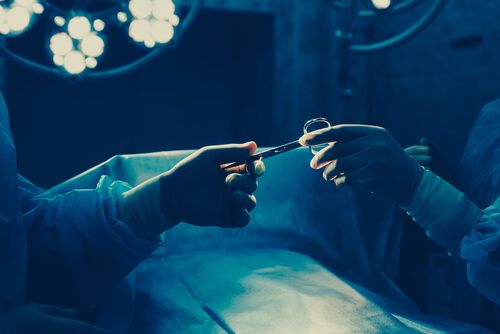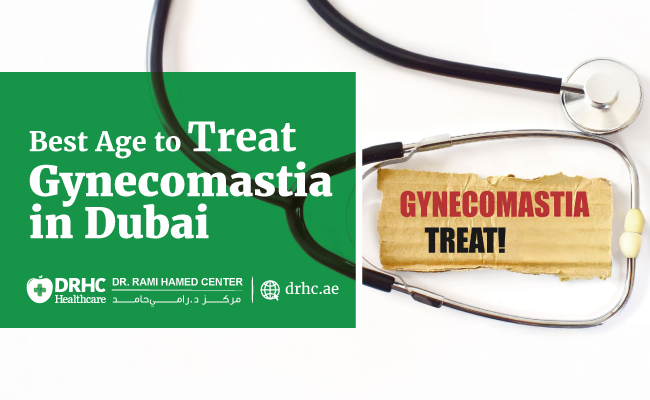What is gallbladder disease? When or why should a person have their gallbladder removed?

The gallbladder is a small sac-shaped hallow organ beneath the liver. It serves as a reservoir of bile produced by the liver. It belongs to our digestive system. The bile produced in the liver and stored in the gallbladder helps in the digestion of fat. The gallbladder disease is a term used when variety of conditions affect the gallbladder and its function (Inflammation, gallstones and even cancer).
Formation of gallstones is called Cholelithiasis. On the other hand, Cholecystitis is inflammation of the gallbladder. The formation of stones and to some extent even inflammation leads to blockage of the gallbladder which overtime lead to swelling, becoming more inflamed and causes pain.
The term Acalculous Cholecystitis is referred to inflammation without gallbladder stones. It occurs in patients following cardiac and abdominal vascular surgery, severe trauma or total parenteral nutrition. This is also called Stress gallbladder.
What are the two types of gallbladder stones?
The most common, Cholesterol stones which are yellow in color or the pigment stones which are small, dark and usually numerous. Other predisposing factors for formation of gallbladder stones is the 6-F rule which is female, fat, forty, fertile, flatulent and fair.
The existence of gallbladder stones (Cholelithiasis) may be asymptomatic or uncomplicated symptomatic. This may cause pain with cramps and discomfort. Complicated forms may cause acute inflammation which may cause even empyema of the gallbladder (bacteria containing bile) and this can even cause perforation of the gallbladder and a peritonitis.
The first choice of investigation or to diagnose Cholelithiasis or Cholecystitis is the abdominal ultrasound. This can give us all the information needed for the diagnosis, size, shape, wall thickness, the biliary tract, gallstones and etc. The tests used such as blood test for blood count, liver and pancreas enzymes.
Some other investigations are also used for example, CT scan, MRI, MRCP if cancer is suspicious or ERCP (Endoscopic retrograde cholangio-pancreatography) if jaundice is present.
I myself recommend a gastroscopy prior to any gallbladder surgery because more than 10% of people with Cholelithiasis have pathology in the stomach (gastritis, helicobacter pylori or ulcers). For symptomatic Cholelithiasis, the therapy choice is laparoscopic cholecystectomy. For acute Cholecystitis, operation should be performed in the first 48 hours otherwise antibiotic therapy and elective operation.
Topic: General Surgery




.jpg)

.webp)



Leave a comment